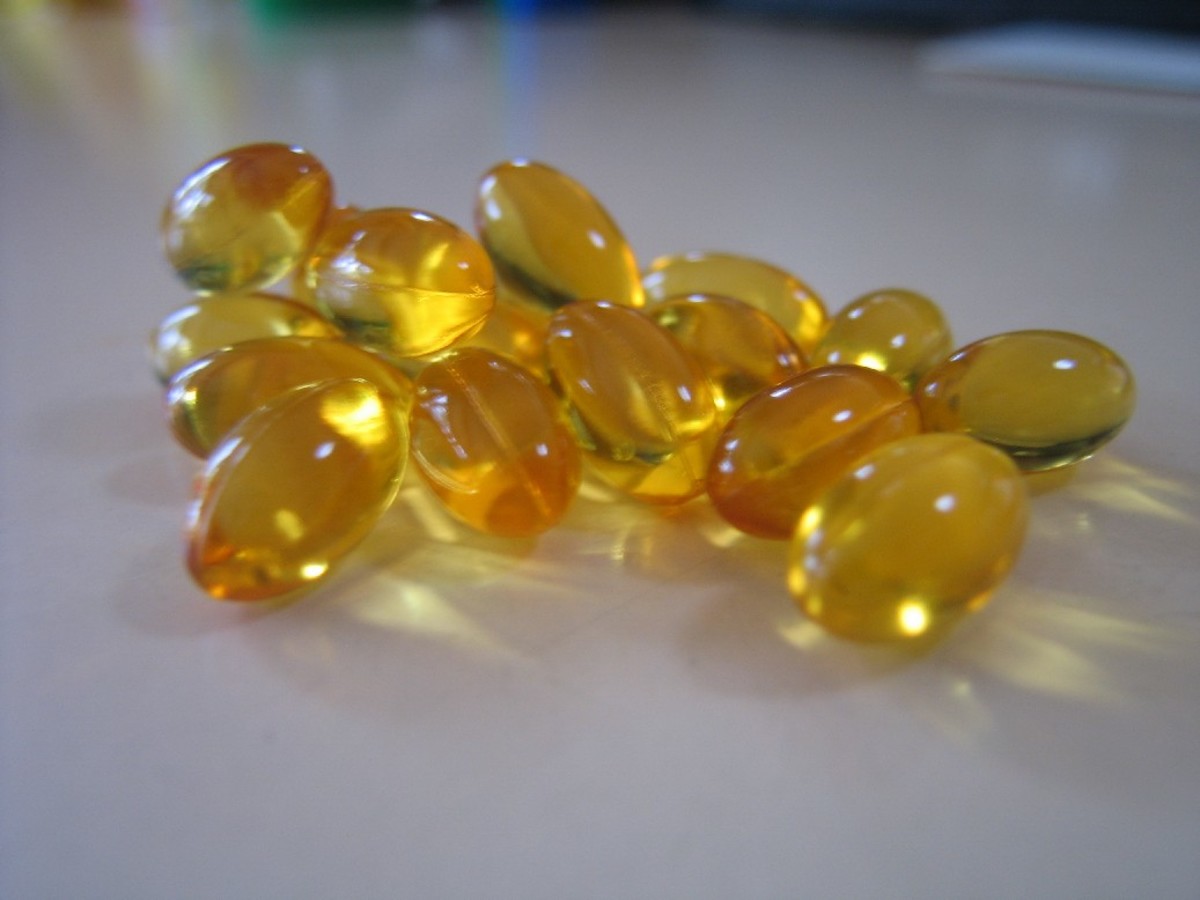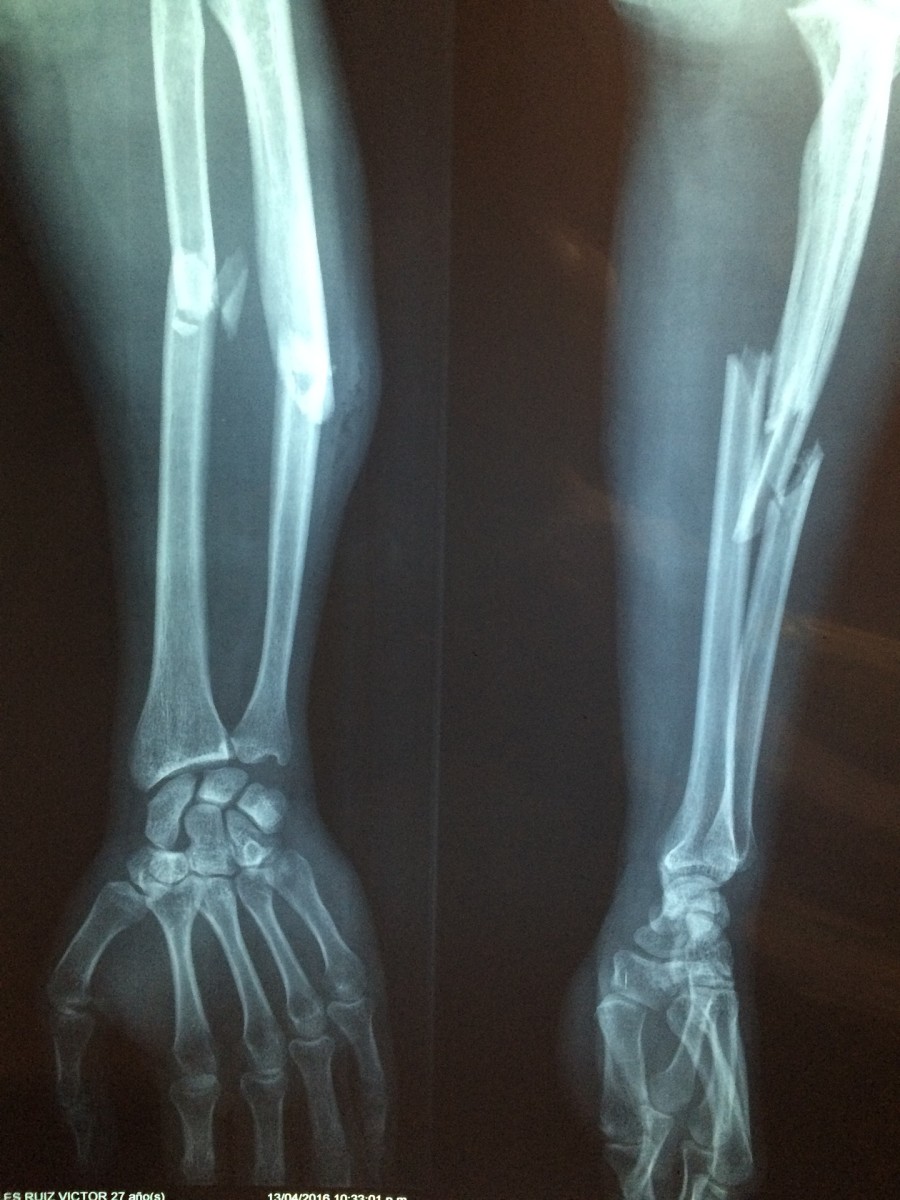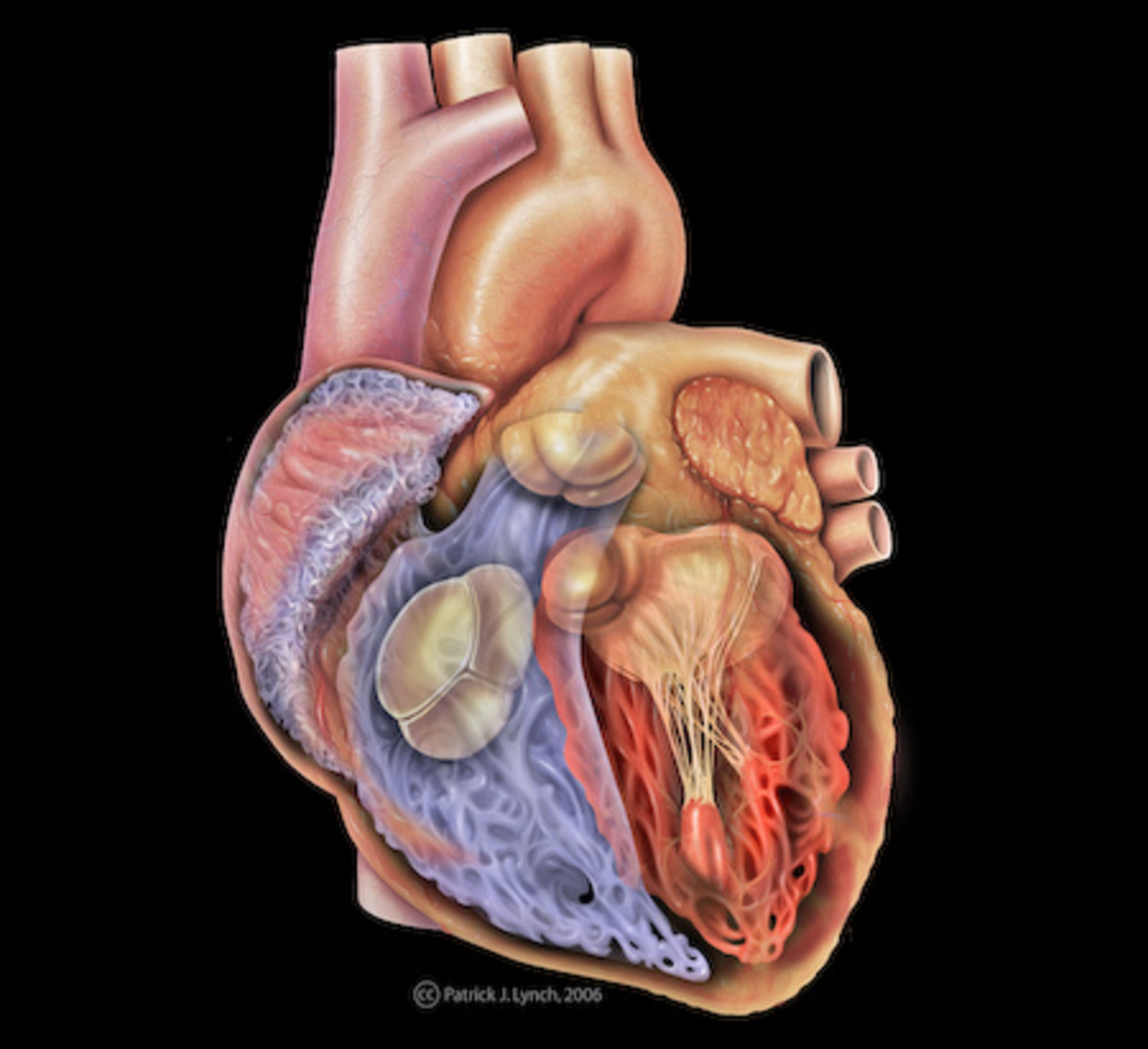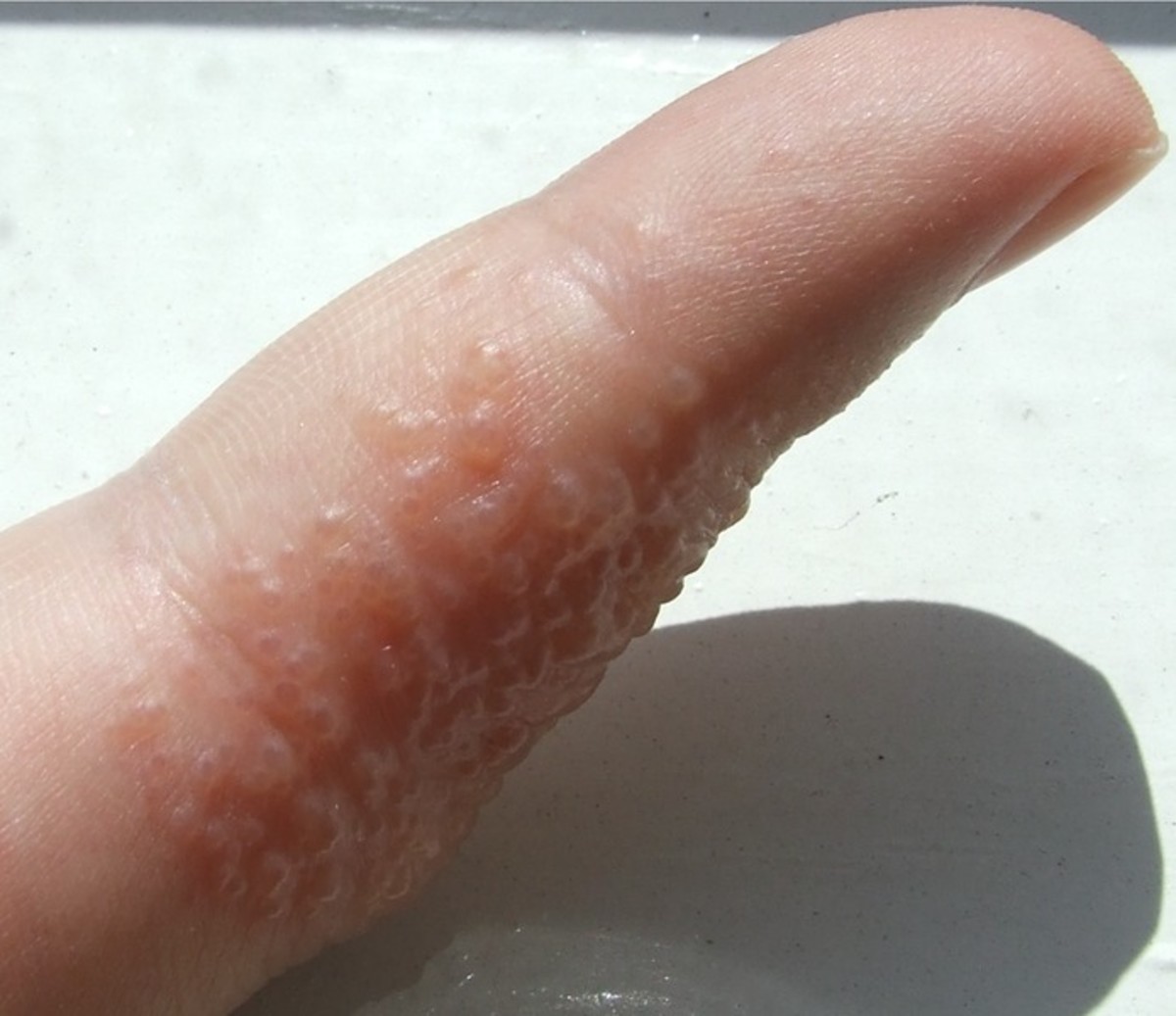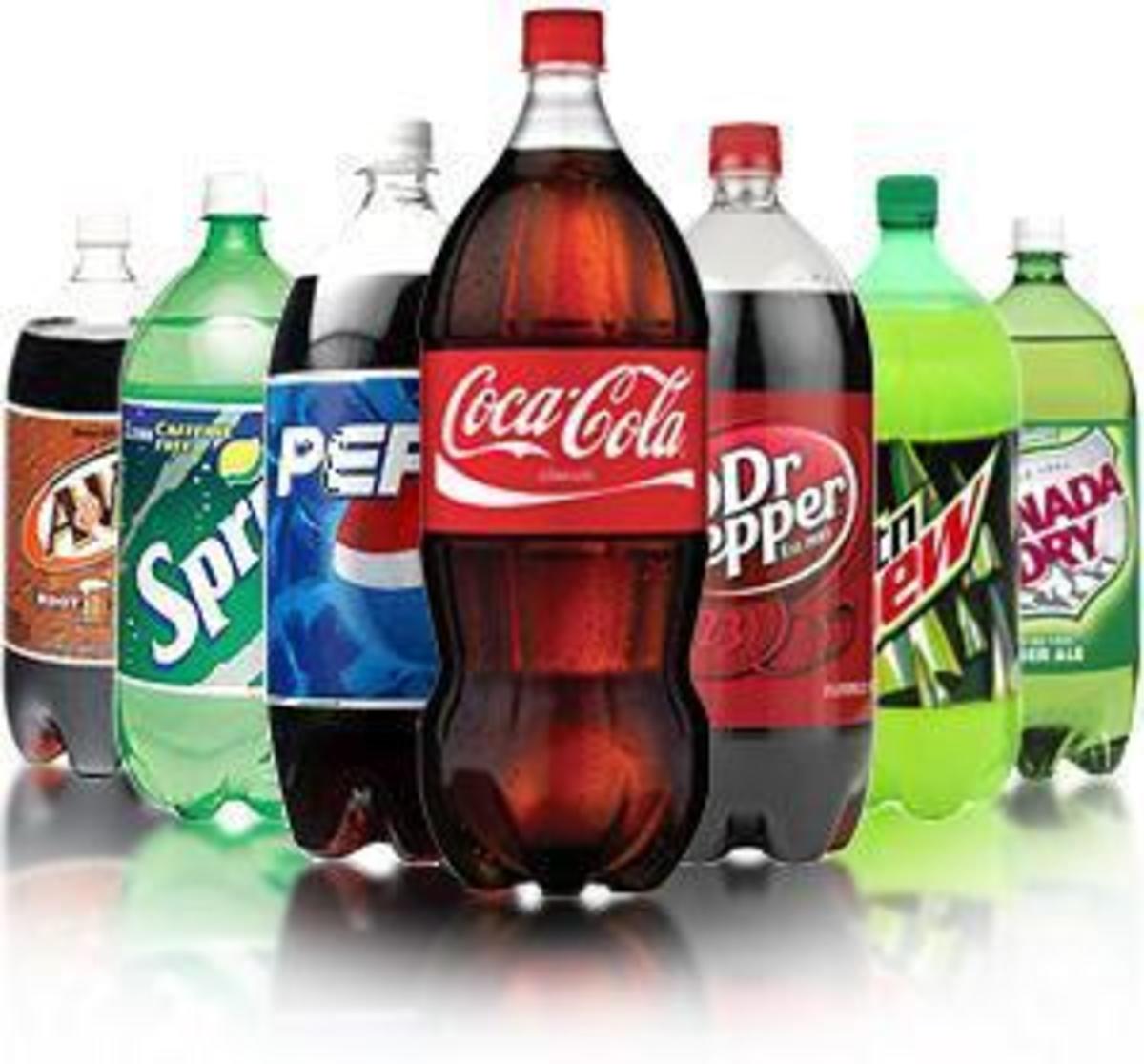Osteoporosis - A Natural Approach
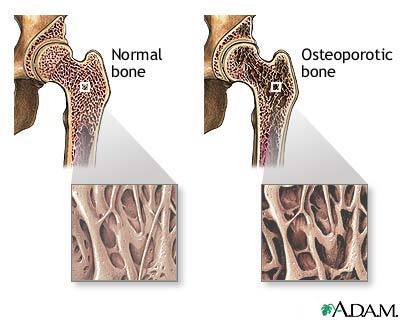
Discussion of Osteoporosis
Osteoporosis is a problem in which the bone becomes much weaker than normal, and more porous - hence the name. This in turn can lead to fractures caused by an incident, such as falling over, which in someone with healthy bones would result in no worse than a few bruises. Unfortunately, as people with osteoporosis tend to be elderly, the fractures can be life-threatening due to the enormous stress major injury puts on the body. Also, major fractures can lead to long periods of immobility; this in turn sometimes leads to problems such as blood clots.
If all that isn’t bad enough, osteoporosis sometimes leads to gradual deterioration in the spine which can in turn lead to such problems as sciatica and a similar type of neuralgia in the arms. As anyone who has ever had either of these problems can tell you, such pain can be very severe and lead to lost sleep and appetite as well.
Why does osteoporosis happen?
Usually, osteoporosis is caused by loss of calcium from the bones. The reason why this matters can be explained by discussing the structure of bone.
Bone is a composite structure, as an engineer would put it, similar in concept to something like the material of fibreglass boats, only better in a lot of ways. Healthy bone is stronger, weight for weight, than steel. The structure of bone is essentially a fibrous matrix made of collagen, which is the main structural protein in the body, with crystals of a mineral called calcium hydroxyapatite (composed of calcium phosphate) embedded in it. The collagen matrix provides elasticity, toughness and tension strength, as well as shear strength (resistance to sideways stress); the mineral matrix provides compressive strength and rigidity. The rigidity is not total; bone does bend slightly under moderate stress.
Both components of the bone matrix are necessary. Without the collagen matrix, the bone would be strong but brittle; without the minerals, bone would bend extremely readily under any sort of stress and would be entirely useless for bone’s function of providing solid scaffolding for the body. Osteoporosis can in fact be caused by defects in either component, although lack of a mineral matrix is by far the more common reason for osteoporosis.
It follows from all this that to have healthy bones, one needs enough of all the nutrients to make all the components. But it isn’t actually that simple, largely because calcium has many other functions in the body; in particular, it is important for various processes involving action at the cell membranes, which include nerve impulse transmission and the function of muscles. However, calcium needs to be balanced with magnesium; a large enough excess of either of these two minerals can be very dangerous indeed. Because of this, calcium intake needs to be balanced with intake of magnesium; the ratio between the two needs to be roughly 2 calcium to 1 magnesium, by weight. Therefore, taking in huge amounts of calcium and no extra magnesium is unlikely to help.
Causes of Osteoporosis
Causes of osteoporosis are varied, but one possible cause of osteoporosis is simple lack of the relevant nutrients. These include virtually all the nutrients; but vitamin C (needed for collagen synthesis), calcium, magnesium (to balance the vitamin C), vitamin D and boron are particularly important. A small digression about the mineral boron might be useful. Boron is a little-known essential mineral, only discovered to be essential within this century, which appears to work in some way that involves the metabolism of steroid hormones. This includes vitamin D; unlike any other vitamin, vitamin D’s action is essentially that of a hormone, supported by calcitonin and opposed by parathyroid hormone. Lack of boron can cause disturbances in oestrogen and/or vitamin D metabolism, leading to hormone-related disorders such as those usually associated with the menopause and also disturbances in calcium metabolism caused by lack of the active form of vitamin D. (Vitamin D needs to be changed into another compound, 25-hydroxy vitamin D, to be active, and this happens in the liver.)
Vitamin D is one of the few substances, usually referred to as vitamins, which can be manufactured in the body. The odd thing about this is that at least the first part of the process has nothing to do with the body’s metabolism at all; in fact, it is a purely chemical reaction in which ultraviolet light from the sun changes a derivative of cholesterol into vitamin D.
Therefore, lack of sunlight on the skin can lead to vitamin D deficiency. This problem can also be caused by the fact of having dark skin in a high-latitude climate, because the function of melanin is to absorb UV light to avoid skin damage. Some biologists think that the differences in skin colour between (for example) dwellers in tropical Africa (or their descendants) and Scandinavians are an evolutionary adaptation allowing Scandinavians to get some vitamin D from the rather UV-deficient sunlight in those latitudes.
Whatever the reason for differences in skin colour might be, it is a fact that dark-skinned people living in northern Europe tend to have lower vitamin D levels than do those with lighter skin. On occasion, this can even become a clinical vitamin D deficiency. This can also be a problem for people who seldom go outside, which unfortunately includes a fairly large number of elderly people; this is often because of other health problems.
Digestive Problems
All the nutrients need a properly functioning digestion for absorption, but this is especially true for calcium and magnesium. Calcium and magnesium both need a normal level of stomach acid for proper absorption, and stomach acid levels drop (particularly in women) after the age of 40 or so. This can be made worse by habitual use of anti-acid preparations or drugs, which people of this age tend to use more than younger people do. Teenagers don’t often get heartburn! Low stomach acid levels cause inefficient absorption of other nutrients, as well.
Low Oestrogen
Oestrogen, in addition to its other functions in the body, also influences calcium retention in the body. Specifically, low oestrogen levels make parathyroid hormone more effective; this in turn leads to increased loss of calcium. Low oestrogen levels also lead to decreased stomach acid production. The result of these two effects is that low oestrogen levels lead to decreased absorption and also increased loss of calcium, possibly leading to calcium deficiency even if dietary intake is adequate.
Milk
This is fairly controversial; milk is obviously high in calcium, so a simplistic approach might lead to suggesting the intake of large amounts of milk. But this is a demonstrably wrong approach. A study at Harvard University followed 78,000 nurses over 12 years; the result was that nurses drinking 2 glasses of milk or more per day had twice as much risk of hip fracture (often connected with osteoporosis) as nurses drinking 1 glass per week or less.
The problem is twofold; first of all milk contains large amounts of calcium but no magnesium to speak of, and second the large amounts of protein in milk tend to cause acidity in the body. The acidity is counteracted by leaching calcium out of the bones. Another potential problem is that a fairly large proportion of adults have some degree of intolerance to milk, which impairs digestion and therefore absorption of nutrients.
Sugar
Consumption of large amounts of sugar increases calcium excretion.
Phosphorus
Phosphorus, in the form of phosphoric acid or phosphate, is found in many processed foods and also in many fizzy drinks. Intake of large amounts of phosphate increases calcium excretion.
Natural Therapies for Osteoporosis
It ought to be mentioned at the outset that there is a limit to how much damage caused by osteoporosis can be reversed. This is because severely osteoporotic bone contains a number of large cavities in which the cells (osteoblasts) responsible for creating new bone are completely absent; there is a limit to the size of such cavities that can be repaired. Therefore, any form of therapy for osteoporosis should be started as early as possible.
Because osteoporosis is a common disorder and most people over the age of 40 or so (particularly women) lose bone mass steadily, it may well be a good idea to address the problem whether you have obvious osteoporosis or not. This is particularly true because all too often, the first sign of osteoporosis is a fracture. This is particularly important if you have a family history of osteoporosis.
Diet
A certain amount of dairy products in the diet may well be a good idea, but only up to a point. If you are intolerant to dairy products, it’s probably best to avoid them altogether. This does not apply to butter; intolerances are almost always caused by dairy protein or lactose, neither of which is present in butter to a significant degree.
Avoidance of calcium-draining foods is a must. This means that excessive amounts of animal protein should be avoided, and consumption of fizzy drinks should be kept to an absolute minimum because of their phosphate and sugar content.
Fruit, vegetables, seeds and nuts are high in calcium. So are the types of tinned fish (such as sardines and salmon) that normally have most of the bones left in. If you live in a hard-water area, consider yourself lucky; water hardness is caused by calcium salts. It’s best not to use water filters for drinking water, although if you are going to boil the water anyway maybe it is better to use them. Water softening for washing purposes is of course irrelevant to this.
Foods high in proanthocyanidins are useful for health, including prevention of osteoporosis. These substances are those that give such foods as blackcurrants, beetroot and blackberries their colour; dark red or purple (or even blue) foods - also red wine. Similarly, foods high in bioflavonoids, such as citrus fruits, also help. In both cases, this is due to their antioxidant qualities and their amplifying effect on vitamin C.
Soya-based foods contain phyto-oestrogens that can help not only osteoporosis prevention but menopausal symptoms as well.
Of course, avoiding the consumption of large amounts of heavily processed junk food is a very good idea, but then it always is.
Exercise
Weight-bearing exercise helps slow down the progress of osteoporosis, because putting stress on the bones stimulates them to grow and become stronger.
Sunshine
This is a controversial subject. Ultraviolet light can and does, to some extent, damage the skin and too much can be dangerous (specifically, causing skin cancer) as well as causing the appearance of premature aging; the latter is because one of the proteins damaged is the collagen forming much of the structure of skin. However, ultraviolet light also produces vitamin D, and strangely enough vitamin D not only protects against osteoporosis but also against some cancers.
It may well be that the truth is somewhere between official advice (cover yourself up like a mummy whenever outside) and real sun-worshipping. There is little doubt, however, that skin damage sufficient to cause severe reddening or even skin peeling is dangerous. Little and often is probably best.
Supplements
Supplements are largely those that address deficiencies which cause osteoporosis in the first place.
Calcium, magnesium and boron, at levels of 1000mg, 500mg and 3 mg per day respectively, help with the calcium loss in osteoporosis.
Homocysteine inhibitors have not so far been mentioned. Homocysteine is a metabolic intermediate, normally removed fairly quickly by enzymes that require vitamin B6, vitamin B12 and folic acid. Homocysteine is quite toxic, and specifically damages collagen; this leads to a defective protein matrix in the bone. In addition, damage to collagen in the blood vessel walls leads to poor circulation and this in turn can lead to all sorts of problems. Specialised supplements designed for homocysteine removal do exist, but a good multivitamin is probably just about as good for this purpose; such a product will also contain vitamin D.
Proanthocyanadins are available in supplement form; the source is usually grapeseed or pine bark extract; but concentrated extracts of red grape skins, blueberries and even beetroot are also available. For this purpose, they are all just about equivalent to each other.
Vitamin C in fairly large doses (1000-2000 mg per day) helps with collagen formation and therefore protects the collagen matrix of bone as well as helping with healing after injury and blood vessel integrity.
Finally, supplements of phyto-oestrogens derived from such sources as black cohosh, red clover and soya can help by boosting oestrogenic activity in the body.

